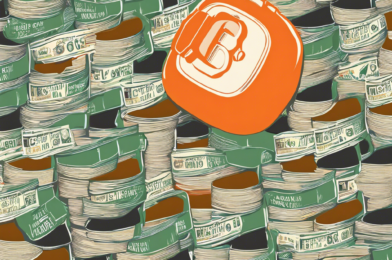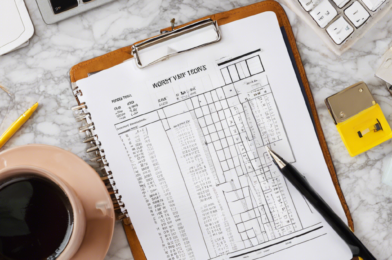Building an emergency fund is a crucial step toward financial security and peace of mind. While it may seem daunting to set aside a substantial sum, there are strategies you can employ to reach your goal quickly and efficiently. Here are some tips to help you build your emergency fund swiftly:
Firstly, determine a realistic target for your emergency fund. Financial experts commonly recommend setting aside enough to cover three to six months’ worth of living expenses. Assess your monthly expenses, including rent or mortgage, utilities, groceries, transportation, and other essential costs. Multiplying this number by your desired number of months will give you a clear target to work towards.
Next, evaluate your budget to identify areas where you can cut back on non-essential spending. Reducing discretionary expenses, such as dining out, subscription services, or entertainment, can free up extra money to funnel directly into your emergency fund. Scrutinize your bank statements to identify areas of spending that are flexible and decide where you can scale back, at least temporarily.
Automating your savings is a powerful tool to help you stay committed to building your emergency fund. Set up automatic transfers from your paycheck or regular bank account to your emergency fund savings account. By treating your savings like any other essential bill, you ensure that the money goes directly towards your financial goal without you having to remember to transfer it manually.
Increasing your income through side gigs or freelance work can also fast-track your emergency fund goal. Consider your skills and resources, and explore opportunities such as ride-sharing, food delivery, freelance writing or design work, or selling unwanted items online. Every dollar earned from these endeavors can go directly into your emergency fund, helping you reach your target sooner.
Another strategy is to take advantage of high-interest savings accounts. Shop around for a savings account with a competitive annual percentage yield (APY). Higher interest rates will help your money grow faster, even if you’re not adding funds consistently. Some online banks offer more competitive rates than traditional brick-and-mortar institutions, so it’s worth exploring these options to give your savings a little boost.
Additionally, consider reducing your tax refund. While it’s nice to receive a sizable refund check each year, this means you’re essentially giving the government an interest-free loan. Adjust your withholdings with your employer so that less tax is taken out of each paycheck. The extra money in your pocket can then be directed towards building your emergency fund.
The journey to building an emergency fund is often challenging, but with discipline and creativity, it’s achievable. Combining budgeting, saving, and earning strategies will help you rapidly grow your fund, providing the security and peace of mind that come with financial preparedness. By making sacrifices in the short term, you’ll be rewarded with long-term financial stability and the knowledge that you’re ready for whatever life throws your way.
Stay motivated by setting milestone goals and celebrating your progress. Visualize the security and freedom that come with having a robust emergency fund, and remember that you’re building a safer, more stable future for yourself and your loved ones. Emergency funds are a crucial pillar of financial wellness, and your dedication to this goal will undoubtedly pay off when the unexpected arises.
Remember, the key to building an emergency fund quickly is a combination of disciplined saving, creative budgeting, and strategic income-generating endeavors. By embracing these strategies, you’ll be well on your way to financial preparedness, ensuring you’re ready for life’s unexpected twists and turns. Start today; the peace of mind that comes with financial security is worth the effort.






